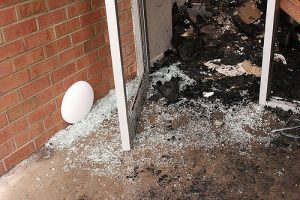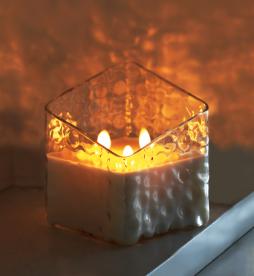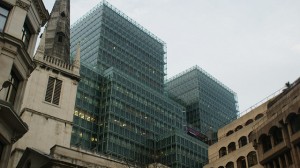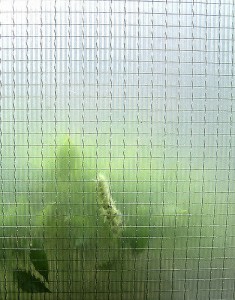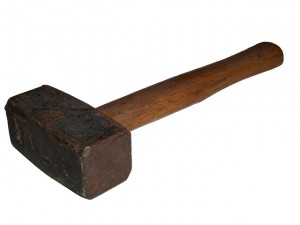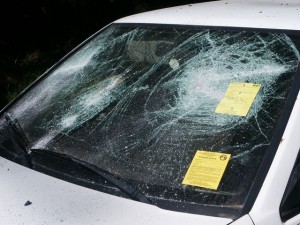Jail awaits fire glass faker
Fire-safe glass is typically rated in minutes, and describes the amount of time the glass can withstand fire and heat damage before failing. The purpose of fire-rated glass is not to prevent fire from spreading, but rather to increase the amount of time available for building occupants to make a safe escape. In addition, fire-rated safety glass uses special framing that is matched to the fire resistance of the glazing.
The fake fire glass is actually ordinary laminated glass, which can be purchased for around $1-$2 per square foot. After re-labeling it as fire-related glass, the company resold it for $18 – $33 per square foot. Prosecutors are not aware of any injuries that could be attributed to the phony glass.
The company sold the glass for about two years, and prosecutors claim that owner Seamus Laverty made about $175,000 in profits on the fraud. The judge noted that while his profits were not outrageous, the potential danger he created and the environments in which he placed the inadequate glass demanded a sentence that included jail time.
The investigation conducted by the Police Service of Northern Ireland relied on dozens of building contractors who assisted in identifying the affected glass. To date, the agency has identified nearly 100 sites where the glass was installed. Police estimate that the final cost of the fraud, which has yet to be confirmed, exceeds $600,000. The company has already begun replacing the laminated glass with genuine fire-rated safety glass.
Glassprimer™ glass paint is a specialized glass coating that bonds permanently to glass surfaces. GlassPrimer also makes a glass surface molecular activator that is designed to work with UV-inkjet glass printing processes. For more information about Glassprimer™ glass paint, please visit the rest of our site. If you’d like to purchase Glassprimer™ glass paint, please visit our online store .
Photo Credit: There is no roseability, via Flickr.com

